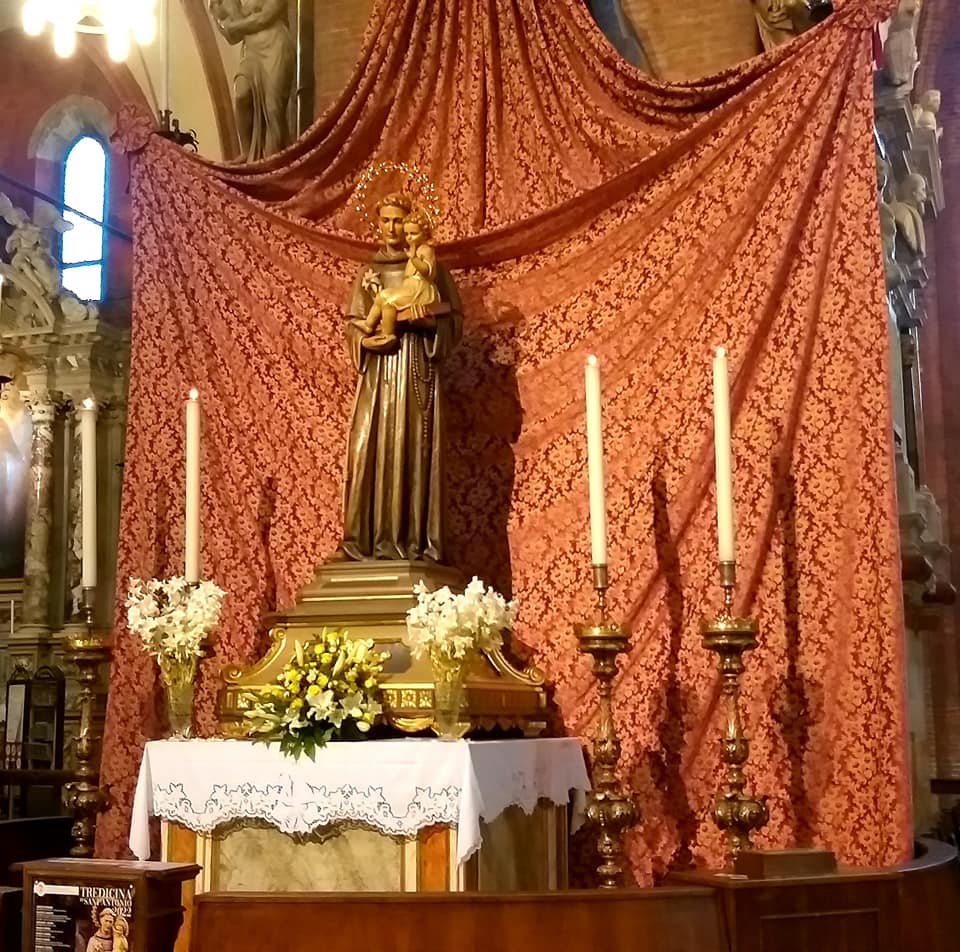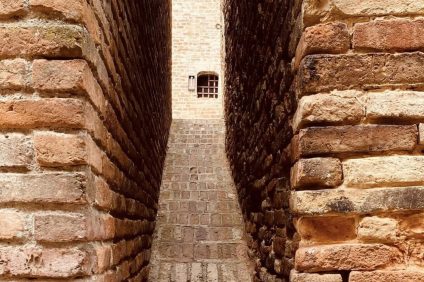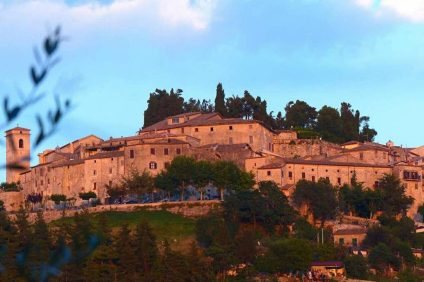His name was Fernando Martim de Bulhoes and Taveira Azevedo but the Church celebrates him as Saint Anthony of Padua. The Portuguese thaumaturge was born in Lisbon on 15 August 1195 and concluded his earthly days in Padua on 13 June 1231. From noble origins, he studied at a very young age in the monastery of Santa Croce di Coimbra. He adheres to Franciscanism and, in 1220 at the age of 25, was ordained a priest in Santa Cruz. The classical iconography represents him with the likeness of a young friar holding the Child in his arms and with a lily in the other hand. He is the patron saint of Portugal, Brazil and the Custody of the Holy Land. He was proclaimed a Doctor of the Church in 1946 by the then Pope Pius XII and is considered the protector of the poor.
The silver lily
This year, on the occasion of the Tredicina which is now a centuries-old expression of popular piety, the ancient statue of Saint Anthony of Padua was donated a silver lily. The precious symbol was designed by Giuseppe Spadafora and made by the goldsmith Giancarlo Spadafora di San Giovanni in Fiore. Both heirs of the great Calabrian goldsmith Giovambattista Spadofara. The ceremony was held in Padua in the presence ofThe prior of the Basilica of Sant'Antonio, Leonardo Da Ascenzo.

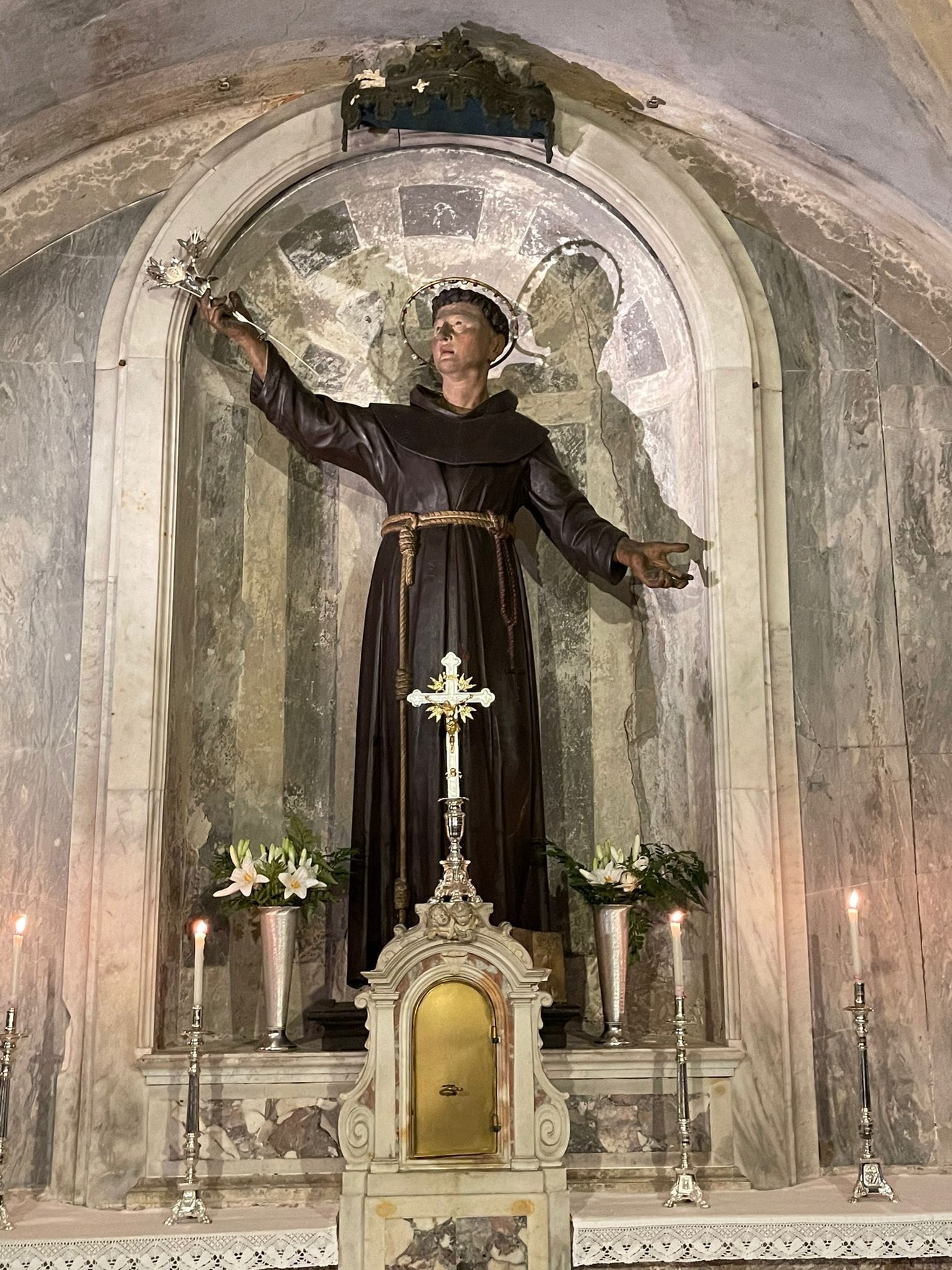
Anthony of Padua, the saint of miracles
The 'saint of miracles' as he is commonly defined by the numerous devotees who venerate him all over the world, he is also the 'saint of lost things'. It seems, in fact, that whoever loses precious objects if he entrusts himself to his prayers, eventually manages to find what he has lost. It should also be noted that the thaumaturge also had the gift of bilocation, that is, he was able to be in two different places at the same time.

And, again, the clear analogy between Anthony of Padua and Francis of Assisi should be highlighted. In fact, both of them, when they were young, started to pursue a career in arms as 'offspring' of noble and well-to-do families. But, both Anthony and Francis choose to strip themselves of all material good to follow the following of Christ, in poverty and charity.
The papal basilica
In Padua, the imposing pontifical basilica dedicated to Sant'Antonio, it houses the mortal remains of the Capuchin friar. The first time that the coffin of Sant'Antonio da Padova is opened, by the work of St. Bonaventure of Bagnoregio, it is April 8, 1263. On that occasion the saint's tongue is miraculously found uncorrupted; confirming his renowned eloquence.
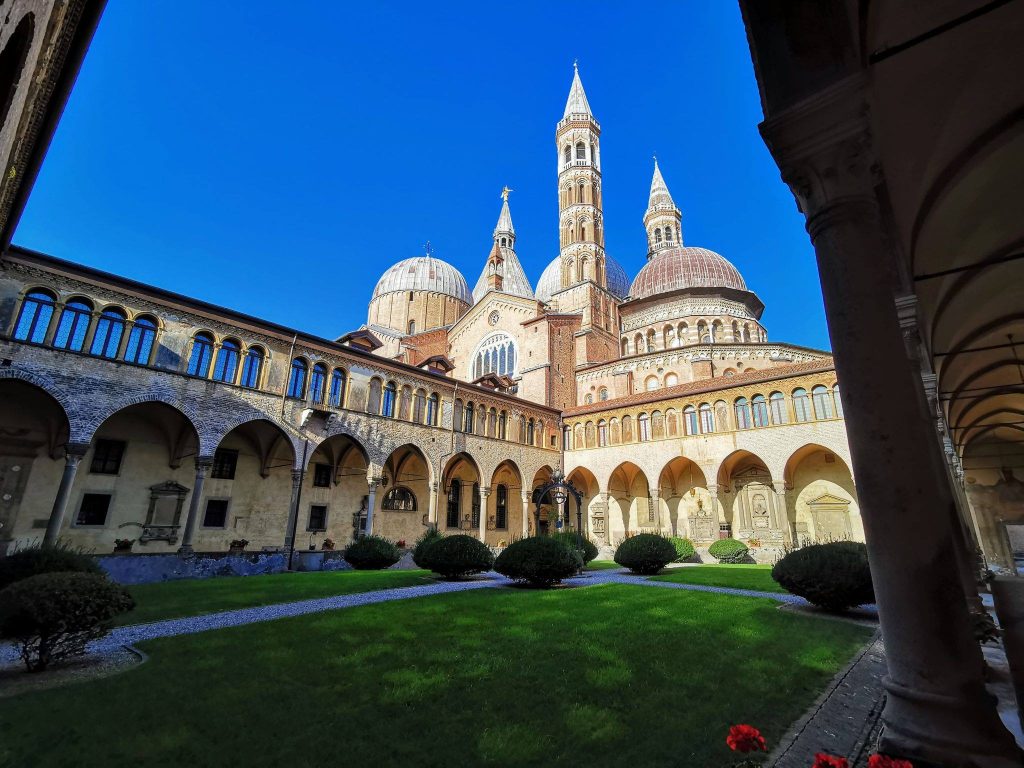
In 1350 the papal legate Guy de Boulogne placed the body of Saint Anthony in the Chapel of the Ark and no one touched it for over six centuries. Only in 1981 the rite of the Exposition of the body of Saint Anthony takes place. Rite that will be repeated in 2010 when, after 29 years, the faithful can see the body of the thaumaturge in a glass urn. Even today the basilica is an incessant pilgrimage destination with millions of faithful who come every year from all over the world to venerate the miraculous saint of the poor.
(Photo Facebook Pontifical Basilica Saint Anthony of Padua)

